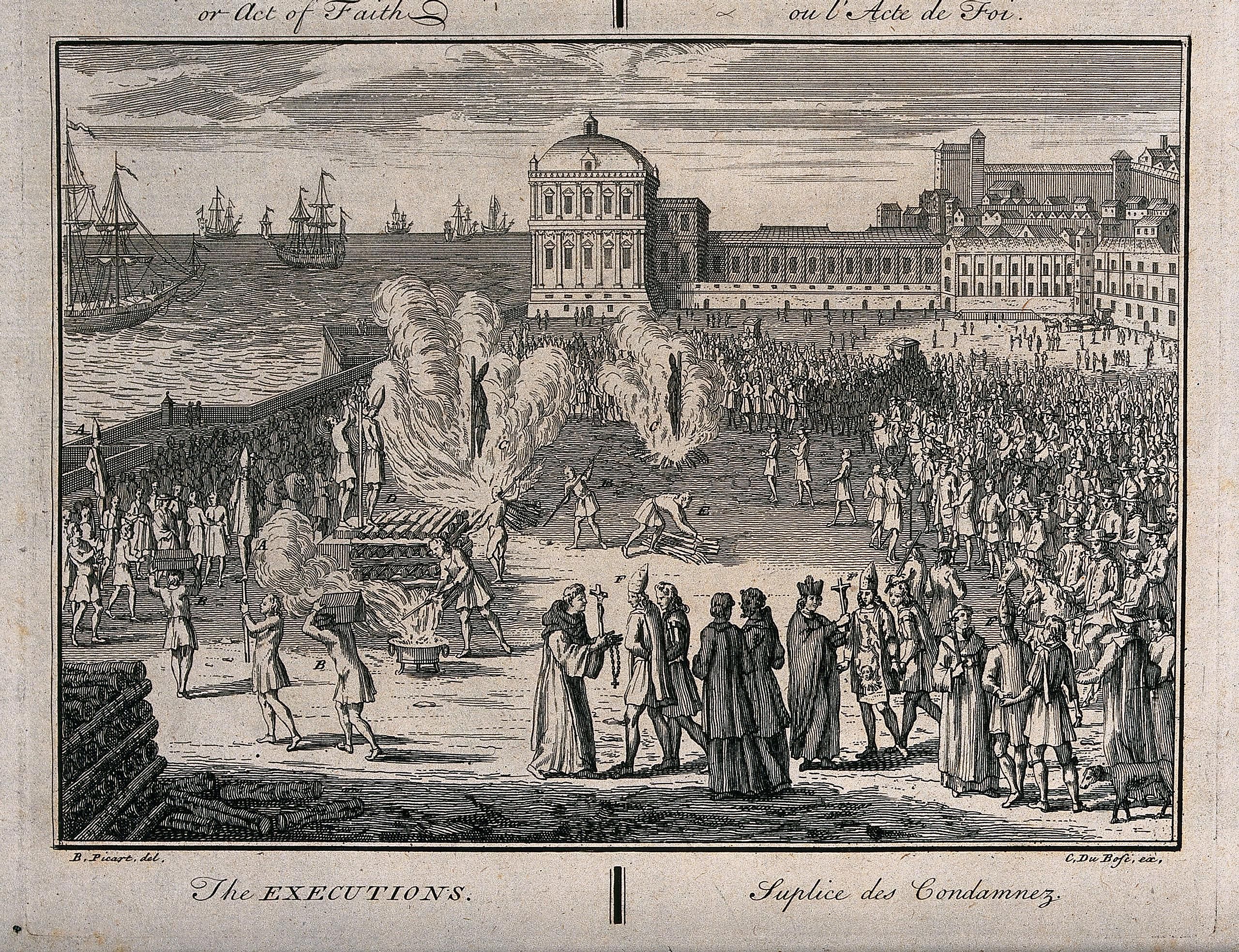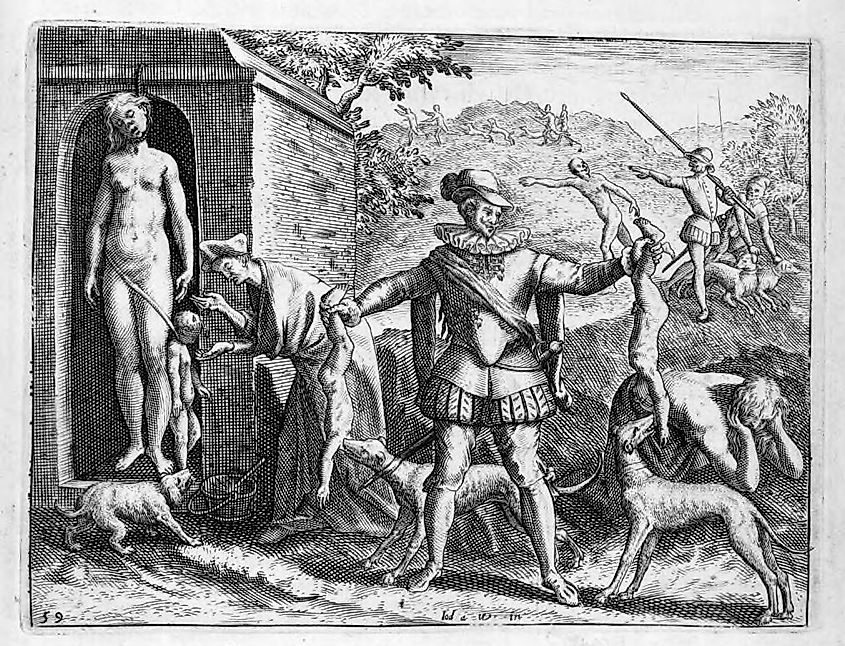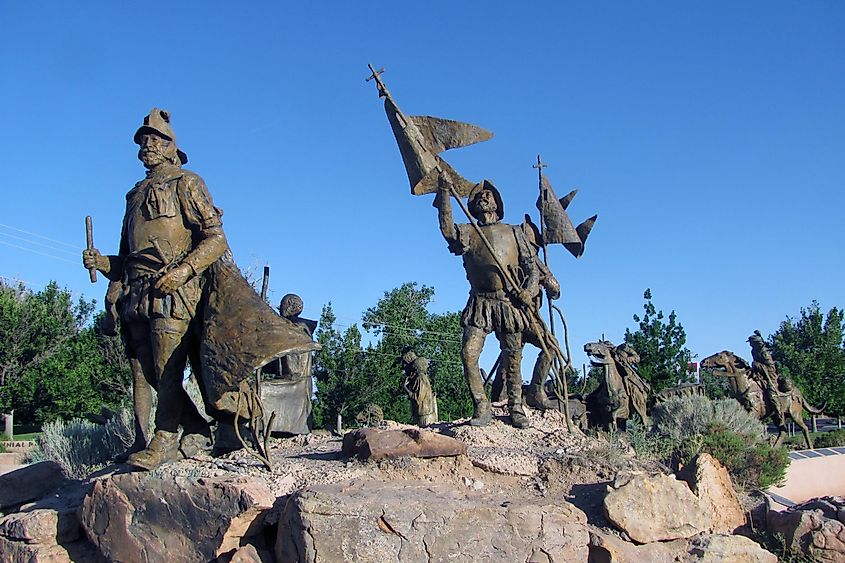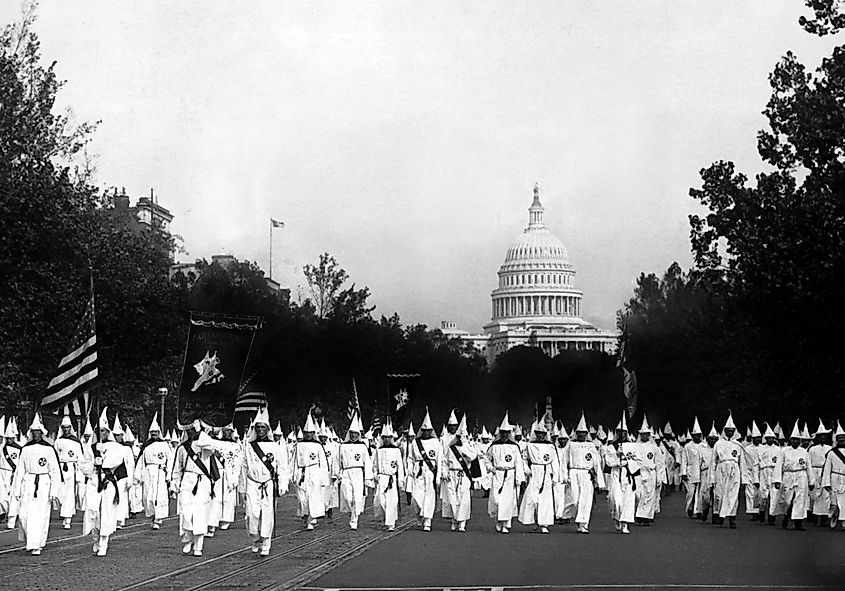
What Was The Black Legend?
During the colonization of the Americas in the 16th and 17th centuries, the English and Spanish were at each other's throats. Although the Spanish were the first Europeans to set up permanent settlements in North and South America, the English were not far behind.
Back in Europe, both nations waged war against each other resulting in some of the largest naval battles in history as both sides tried and failed to invade the other's homeland. Through the centuries of intense rivalry, the English launched a series of propaganda campaigns to swing the English public and the opinion of other European monarchs toward English interests. This style of propaganda is often referred to as the Black Legend today.
Anti Protestantism in Spain

The origins of the Black Legend can be found in the early days of the Protestant Reformation at the beginning of the 16th century. As various branches of Christianity that rejected the authority of the Pope spread across Europe, the Spanish were quick to crack down on these new ideas that they considered to be dangerous and heretical.
Many Spaniards who preached their loyalties to these new churches were often imprisoned, deported, or even killed in rare instances. This of course did little to gain the favor of the newly Protestant nation of England.
The Spanish anti-Protestant laws were portrayed by the English to be uniquely evil. Described as nothing more than a bloodthirsty witch hunt in which tens of thousands of innocents were being killed for converting. While it is certainly true that the Spanish were outwardly hostile towards Protestants, there was an equally hostile attitude held towards Catholics in England.
This anti-Catholic outlook that the English crown had soon overlapped with the racist opinions they held towards their Irish subjects, many of whom remained devout Catholics. While there was certainly some truth to what the English were accusing the Spanish of, in many cases, these accusations of Catholic barbarity were used as an effective tool to further subjugate Irish Catholics within their own lands.
Savagery in the Americas

Perhaps the longest-lasting legacy that stems from the Black Legend is the supposed treatment of the Indigenous populations in the Americas at the hands of Spanish colonists and governments.
While it is no secret that the Spanish inflicted unspeakable acts of savagery on the Natives of the New World, this was often exaggerated by the English to not only discredit their Catholic rivals but to justify their own colonial ventures.
Justification for new colonies in the Americas was often rationalized by the English as an attempt the save the Native population from Spanish wickedness and cruelty. Not only were they supposedly embarking on a civilizing mission, but also one to free foreign people from their heavy-handed Spanish overlords.
The English treatment of the Native population was in no way more favorable either. There were plenty of instances of massacres, broken treaties, and extortion committed by the English against the Indigenous peoples. Especially in the lands that would one day become the United States and Canada.
The Black Legend in an American Context

By the time the United States established itself and shook off British rule, the hostile attitudes towards Catholics still persisted. One of the first great moral panics in regard to immigration took place during the middle of the 1800s as millions of Catholics from Ireland and Italy flooded into the USA. Many American Protestants believed that the Catholic's devotion to the Pope presented a duel loyalty and prevented them from fully integrating into American society,
These attitudes erupted into violence on occasion as well. There were multiple instances when Catholics, often newly arrived Italian immigrants were killed by lynch mobs. These mob killings primarily took place in the American South and were sometimes encouraged by groups such as the Ku Klux Klan. The KKK was, on top of being viciously anti-black, also anti-Jewish and anti-Catholic as well.
These suspicious attitudes toward Catholics flared up during the Mexican-American War and the Spanish-American War. The Spanish-American War was particularly framed as an American effort to free the Cubans and other colonial subjects from Spanish tyranny.
It has only been in the last 40 or so years that the Black Legend and its validity have been called into question. Upon further analysis, it can be concluded that while based on some level of truth, the Black Legend is largely an exaggerated form of propaganda that stems from the time of the intense political and religious rivalries of the English and Spanish crowns in the 16th century.
Not only was the Black Legend used to justify further conflict with Spain, but it was also used as a shield by the English to ignore or mitigate the atrocities that they committed against the Native population of the Americas as well.











